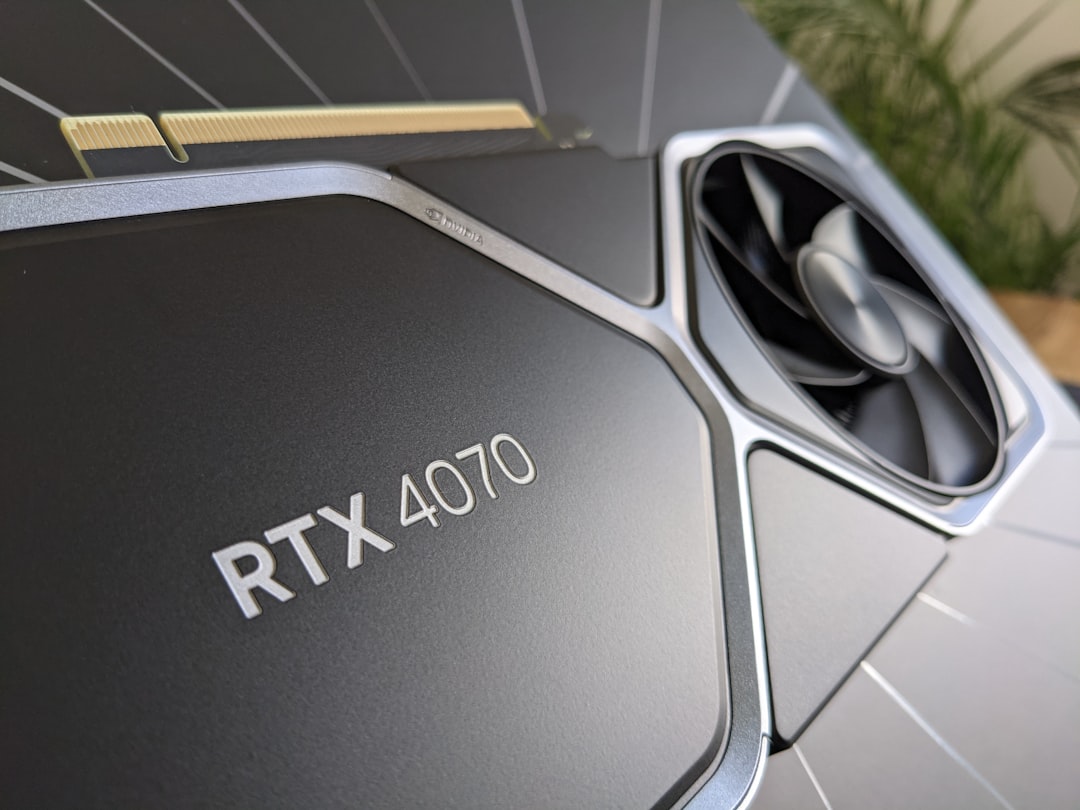With the increasing demand for powerful mobile GPUs, NVIDIA’s RTX 3000 Ada and RTX 2000 Ada laptop GPUs offer compelling choices for creative professionals, engineers, and gamers. But which one should you buy? The answer depends on factors like performance, power efficiency, and price. Let’s compare these GPUs and find out which is the better investment for your needs.
Performance Comparison
Both the RTX 3000 Ada and RTX 2000 Ada are built using NVIDIA’s Ada Lovelace architecture, which significantly improves efficiency and performance over previous generations. However, there are key differences between these two GPUs.
- CUDA Cores: The RTX 3000 Ada features more CUDA cores than the RTX 2000 Ada, enabling faster computations and better parallel processing capabilities.
- VRAM Capacity: The RTX 3000 Ada typically comes with more VRAM, making it better suited for handling large textures in gaming or massive datasets in professional applications.
- Clock Speeds: With higher boost clock speeds, the RTX 3000 Ada offers a smoother experience in demanding tasks.
For intensive workloads such as 3D rendering, machine learning, or high-end gaming, the RTX 3000 Ada outperforms the RTX 2000 Ada. However, if your workload isn’t as demanding, the RTX 2000 Ada might still be sufficient.

Power Efficiency
Efficiency is another crucial factor when choosing a GPU, especially for laptops where battery life matters. Thanks to the advancements in Ada Lovelace’s architecture, both GPUs deliver impressive power efficiency. However, there are differences:
- Power Consumption: The RTX 3000 Ada, being a more powerful GPU, consumes more power under load compared to the RTX 2000 Ada.
- Battery Life: If portability and battery life are major concerns, a laptop with the RTX 2000 Ada might offer better efficiency and longer unplugged usage.
If you need a workstation laptop that balances battery life and performance, the RTX 2000 Ada may be the better option. On the other hand, if raw power is a priority, the RTX 3000 Ada is worth the extra power draw.
Gaming Performance
For gamers looking for smooth frame rates and high-resolution gameplay, the RTX 3000 Ada provides a noticeable improvement over the RTX 2000 Ada. Features such as DLSS (Deep Learning Super Sampling) and ray tracing benefit from the extra computational power.
- Ray Tracing: Both GPUs support ray tracing, but the RTX 3000 Ada handles it more efficiently, allowing higher frame rates in demanding AAA titles.
- DLSS: NVIDIA’s DLSS technology is better optimized on the newer chip, offering a performance and visual quality boost even in demanding games.
- Frame Rates: Benchmarks indicate the RTX 3000 Ada can deliver smoother gameplay at higher settings, whereas the RTX 2000 Ada might struggle in some newer titles.

Workstation and Creative Performance
If you’re a content creator, video editor, or engineer, choosing the right GPU can influence your workflow. The RTX 3000 Ada fares better in rendering, modeling, and AI-driven tasks due to its increased core count and memory bandwidth.
However, the RTX 2000 Ada is still a solid choice if your tasks don’t involve extensive GPU processing. Software like Adobe Premiere Pro, Blender, and CAD programs benefit from either GPU, but the RTX 3000 Ada will provide better longevity and performance.
Pricing and Value for Money
Budget plays a key role when selecting between these two GPUs. The RTX 3000 Ada laptops are more expensive due to their higher performance, but that doesn’t mean the RTX 2000 Ada is a bad investment.
- RTX 3000 Ada: If you need future-proof performance and are willing to pay extra, this is the better choice.
- RTX 2000 Ada: More budget-friendly, yet still powerful enough for most professional tasks and gaming.

Final Verdict: Which One Should You Buy?
Your decision should be based on your specific needs:
- Choose the RTX 3000 Ada if: You need maximum performance for gaming, 3D rendering, or professional workloads.
- Choose the RTX 2000 Ada if: You want a balance between performance and efficiency and are looking for a more affordable option.
Ultimately, both GPUs are excellent choices, but the RTX 3000 Ada delivers a superior experience at a higher cost. If your budget allows, it’s the better long-term investment. However, for users who don’t require top-tier performance, the RTX 2000 Ada remains a smart and efficient choice.




